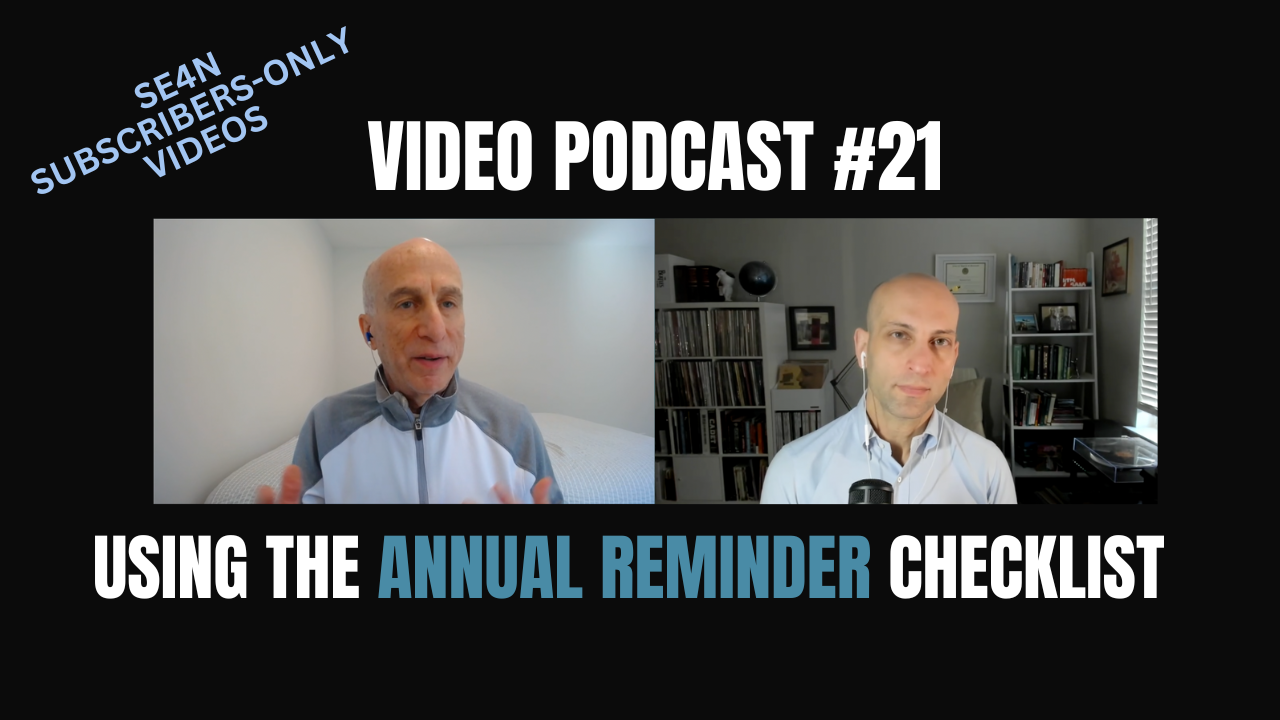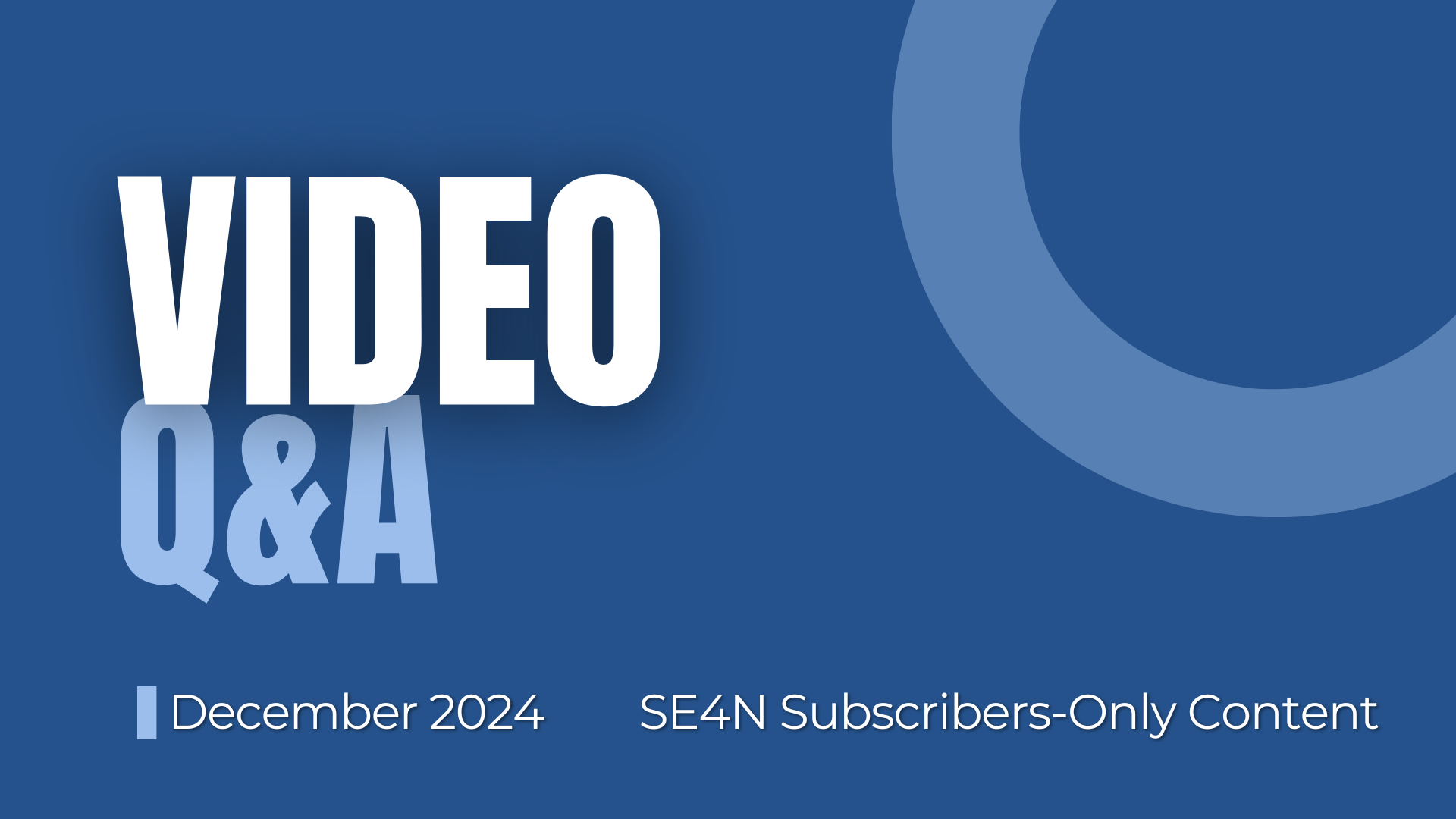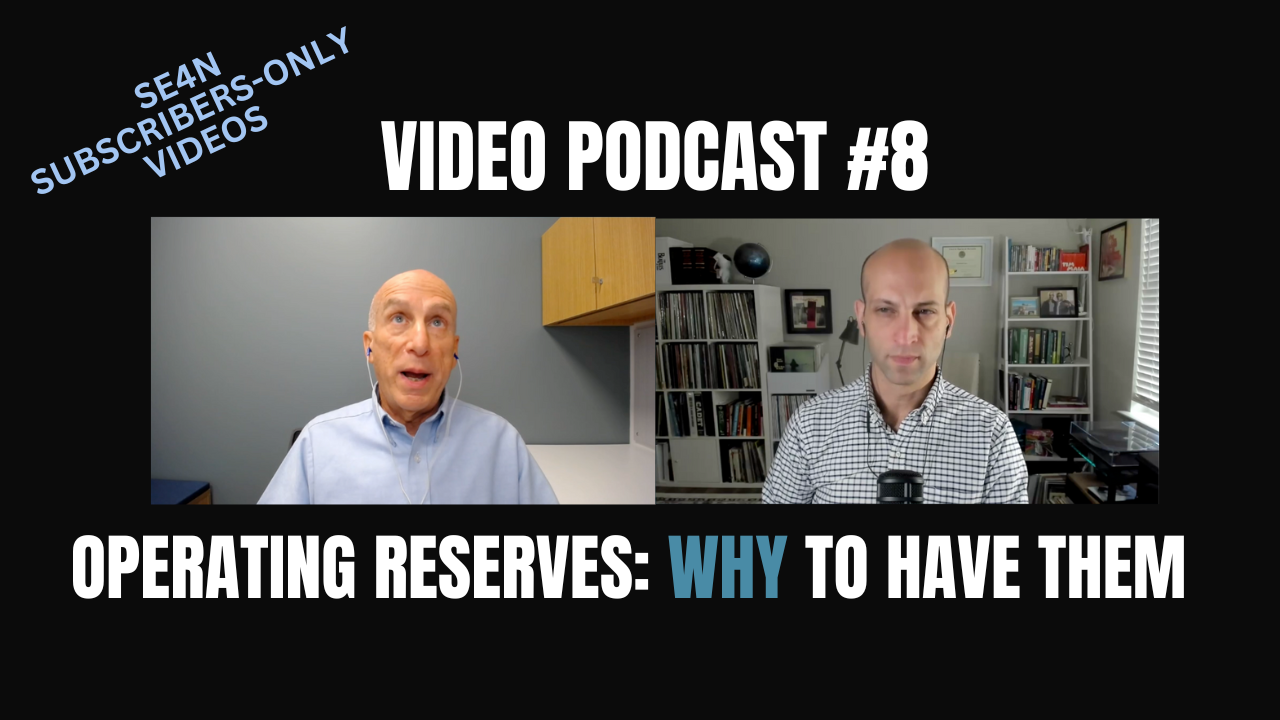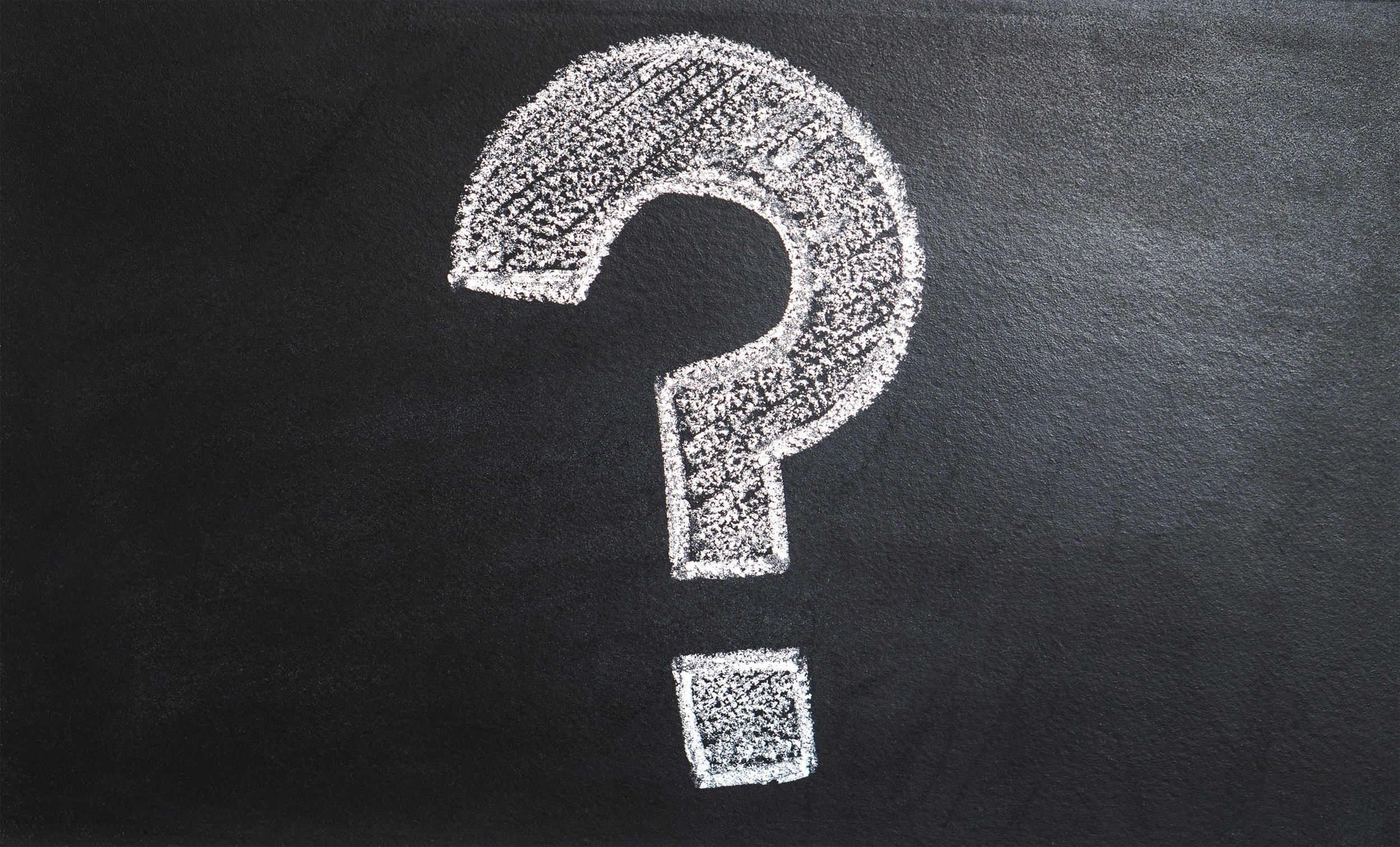
Blog.
Most Recent Posts

Video Podcast: Using the Nonprofit Management Annual Reminder Checklist
Ben and Mike discuss the areas covered by SE4N’s Nonprofit Management Annual Reminder Checklist, how this checklists compares with and complements other management tools and resources, assigning responsibility for using the checklist each year, and more.

Using Checklists to Avoid Nonprofit Management Missteps
Nonprofit organizations have many operational, administrative, and programmatic details to review and evaluate on a regular basis. Some of these details are minor (small but easy to miss) and some are major (large, complex, and extremely important). Missing any one of these details can be a potential tripping hazard and an opportunity to evaluate, make changes, and plan for improvements. Developing and implementing simple management tools like a reminder checklist will enhance review and evaluation processes with little effort.

CHECKLIST: Nonprofit Management Annual Reminder Checklist
This checklist is intended to remind nonprofit Executive Directors, CEOs, CFOs, COOs, and other managers, officers, and Board / committee members to regularly evaluate, renew, and update documents, activities, policies, and practices to better meet the organization's changing needs. The document is organized by key fiscal, financial, governance, and operational areas, including Funding, Administration, Human Resources, Professional Services, Financial Reporting, Financial Policies & Procedures, and Governance.

VIDEO Q&A for Subscribers: May 2025
Ben and Mike answer questions from subscribers about the role of legal counsel in leading updates to an organization’s employee handbook, the best time to start planning for the end of an office lease, transitioning from fiscal sponsorship to becoming an independent 501(c)(3) nonprofit organization, and whether it’s a good idea to promote a staff bookkeeper or accountant to controller, director of finance, or CFO.

How to Prepare Your Nonprofit for a Bank Loan or Line of Credit
Nonprofit organizations often come up empty-handed and frustrated when their attempts to borrow funds or establish a line of credit from a bank hit multiple roadblocks. This can lead to delays and, at worst, being denied or outright blocked from starting the application process. Using a business-like approach to planning and having regular meetings with your bank representative is the best way to avoid these outcomes.

Building a Contingency Plan for an Unexpected CEO Departure
Nonprofit organizations face many risks that can damage an organization’s hard-earned reputation, deplete financial assets, and generally cause operational mayhem. One often-ignored risk is the possibility of an unexpected departure of the “chief staff” position (CEO, Executive Director, etc.). Organizations that have risk mitigation procedures and contingency plans in place will fare better than organizations that are caught off guard.

VIDEO Q&A for Subscribers: December 2024
Ben and Mike answer questions from subscribers about implementing a CEO / Executive Director succession or transition plan, how to handle errors in an already-filed Form 990, planning for the possible loss in grant funding or a change in funding sources, and whether a person can old two officer positions simultaneously.

Enhancing the Nonprofit Treasurer Role and Relationship
Most treasurers for nonprofit organizations do not venture outside their traditional role of stewardship of the organization’s financial assets. Financial stewardship is important, but the perspective of the treasurer has value far beyond this singular role. Treasurers and the organizations they serve both need to correct this narrow perception and look for opportunities to expand the sphere of influence of this important officer position.

The Problem with Hybrid Meetings and Events
In-person meetings and events are completely different animals from virtual meetings and events and that difference needs to be recognized and respected. In-person and virtual formats work best when they are exclusive and not combined into a “hybrid” format. While hybrid meeting and event formats may be used occasionally in response to unexpected disruptions, they should not be viewed as the new normal or a long-term option for the future.

VIDEO PODCAST: Why Nonprofits Should Have Operating Reserves
Ben and Mike discuss the reasons why operating reserves are essential for the financial health and sustainability of nonprofit organizations, the short-term and long-term purposes of operating reserves, lessons learned from past economic disruptions, and some recommendations for operating reserve policies.

Q&A #165 – How often should a nonprofit CEO provide updates to the Board of Directors?
Providing monthly Board reports that include financial reporting and progress updates is an established best practice, and this is especially recommended during periods of change and for organizations whose Boards meet quarterly or less frequently. However, CEOs and Executive Directors must be thoughtful about the frequency and their method of communicating with the Board. Providing updates more often than monthly is usually only recommended in unusual situations.
![How to Use Non-Traditional Communication Pathways to Enhance Board Member Engagement [SUBSCRIBERS-ONLY]](https://images.squarespace-cdn.com/content/v1/5e6ccadfb4659c1d51df14d5/1709999994790-QELF431RC556TCSP4B42/thanos-pal-bakq5bepwbQ-unsplash.jpg)
How to Use Non-Traditional Communication Pathways to Enhance Board Member Engagement [SUBSCRIBERS-ONLY]
Always be on the lookout for proactive and unique communication opportunities to stimulate Board member interest in your nonprofit organization’s mission and activities, foster positive feelings, and generally catch their attention. Because we live in a world of constant change that is further complicated by Board turnover (new Board members entering while other Board members are exiting or rotating through officer positions) it is essential to be creative and flexible with Board member communications by incorporating both traditional and non-traditional tactics.

Remembering the Long-Term Purpose of Operating Reserves
No one questions whether it is important for nonprofit organizations to build and maintain adequate operating reserves. This is a best practice that is not only widely accepted, but also an expected goal for senior management and governance to pursue and protect. However, there often is a tendency to focus too much on the short-term reasons for building and maintaining operating reserves causing us to lose sight of the often more important long-term purpose for building operative reserves.

VIDEO PODCAST: The Role of a Nonprofit CFO
Mike and Ben discuss the importance of CFOs taking on a broader role in order for nonprofit organizations to thrive and reach their fullest potential as well as the challenge of balancing their traditional finance duties with their role as a strategic thought leader within the organization. Additionally, Mike and Ben discuss tactics for navigating this balance through improving the integration of the CFO within the C-Suite, more effective financial messaging and communications, and having more strategic financial discussions.

Establishing a Form 990 Review and Approval Process
Many nonprofit organizations treat the annual Form 990 filing like a sprint at the end of a long 5K race. After the year is completed and the audited financial statements finally appear, the rush to get the Form 990 assembled and filed too often becomes a hectic “mad dash.” Formalizing the process for review and final approval of the Form 990 before filing will help to avoid mistakes, better reflect current conditions, and show the organization in the best possible light.